6 Endangered Species on Isla Contoy: A Call to Action for Conservation
Although Contoy is a government-protected area, it is home to endangered species. Read on and learn about the 6 endangered species that inhabit Isla...
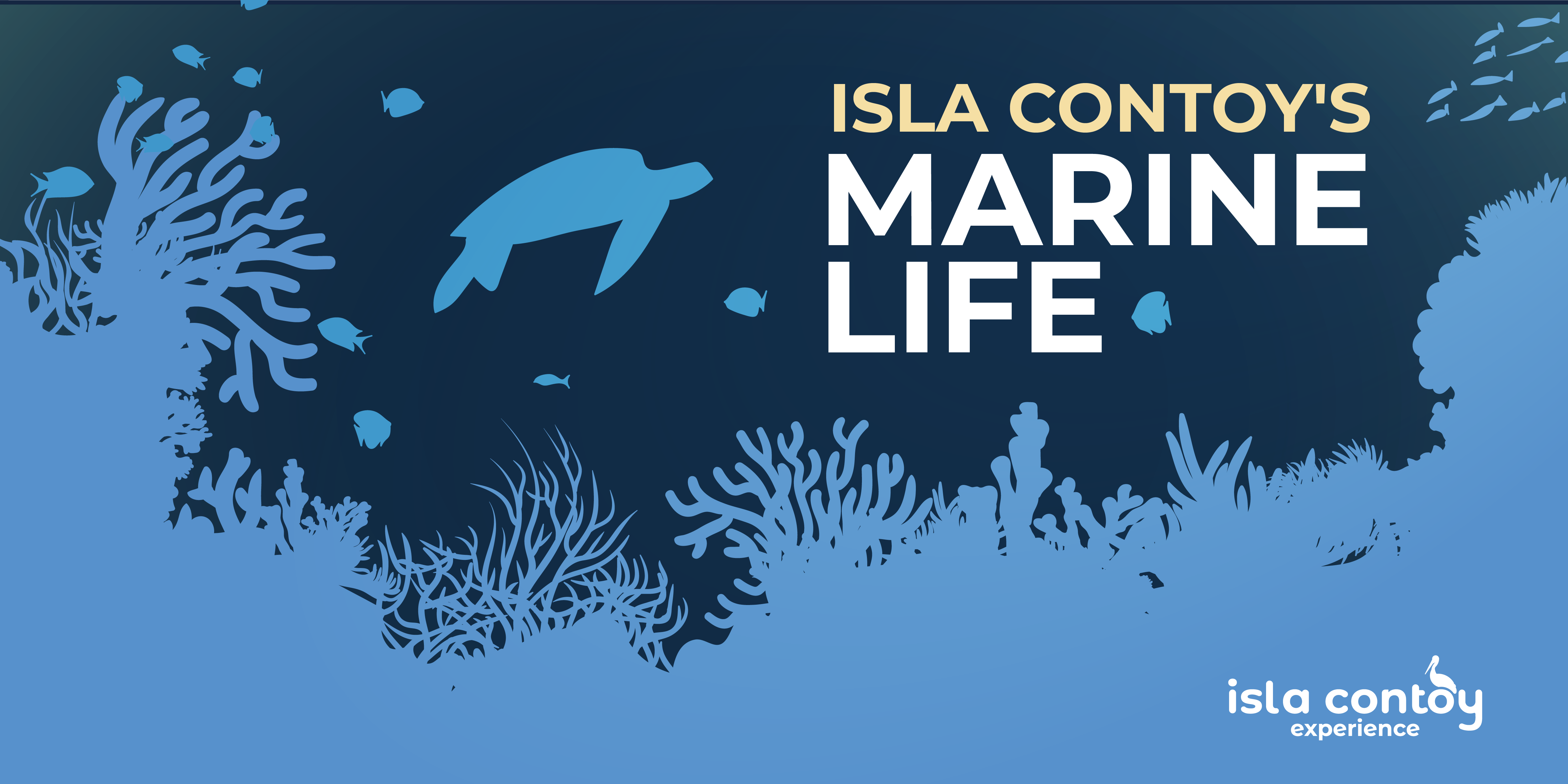
Mexico is a country that is home to varied and wonderful marine fauna. Species such as the vaquita (Phocoena sinus) in the waters of the Gulf of California, the totoaba (Totoaba macdonaldi) in the Sea of Cortez, and the sea pans (Limulus polyphemus) are endemic species of this incredible country (which unfortunately are in danger of extinction).
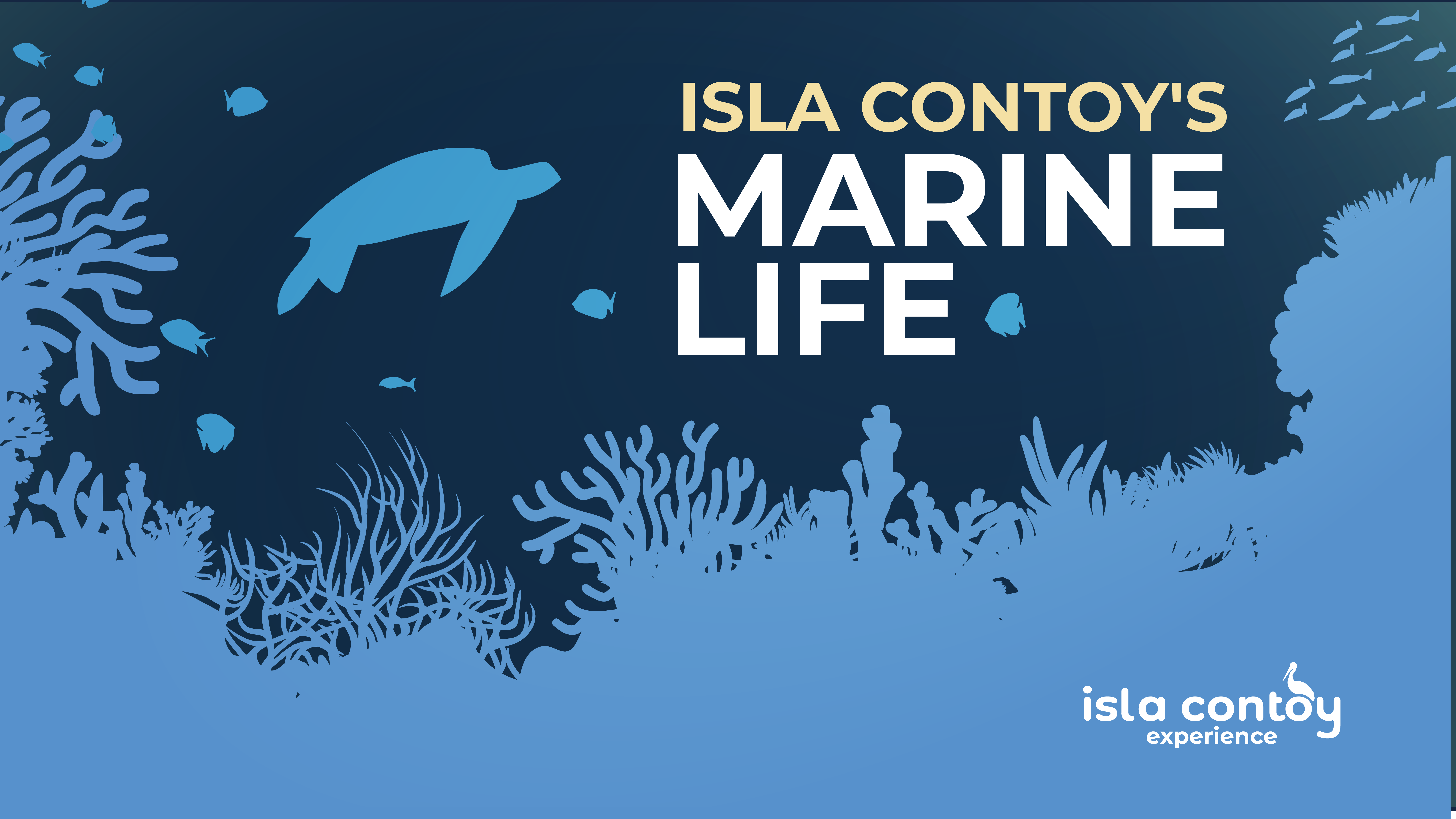
Currently, different government agencies, such as the Mexican Ministry of Environment and Natural Resources (SEMARNAT), the National Commission of Protected Areas (CONANP), and the Federal Attorney's Office for Environmental Protection (PROFEPA), are working as a team to preserve this vulnerable and beautiful ecosystem of Mexico.

Preserving ecosystems and protected areas on land and at sea has allowed for proper care of endangered species. Sites such as the Sian Ka'an Biosphere Reserve, the Cozumel Wetlands, and Isla Contoy are of vital importance for the conservation of marine species.
Isla Contoy is strategically located where the Caribbean Sea, the Gulf of Mexico, and the cold waters coming from the Yucatan Channel meet. The interaction of these ecosystems provides a mixture of nutrients that help the proliferation of plankton. It is an area full of food for different marine species.
A Natural Protected Area such as Isla Contoy National Park is home to great marine diversity, so today, we will review the main types of marine species that inhabit its waters.
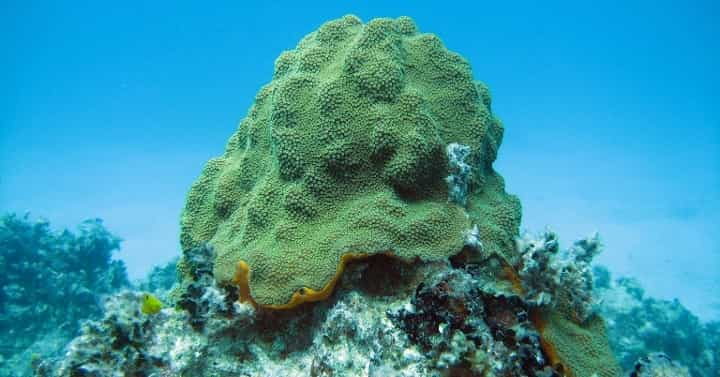
The category of marine invertebrates of Isla Contoy is mostly made up of benthic communities, that is, a community formed by grouped organisms such as corals. Within the communities of organisms, we can find:
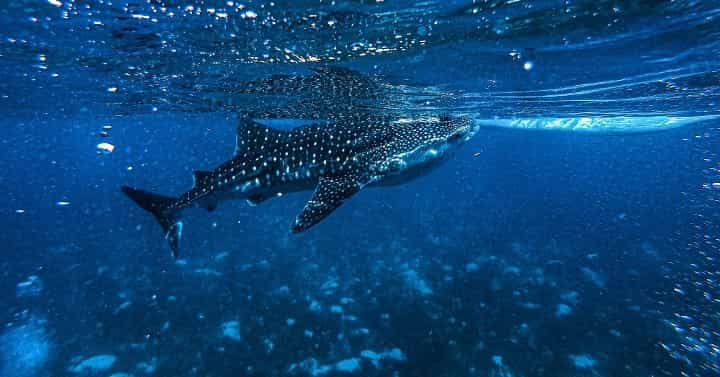
We have good news if you are afraid of encountering a shark while swimming at Isla Contoy beach. Since Isla Contoy National Park is such an exclusive place, only a small part of the territory can be used as a beach, and if you visit the island, you will notice that the beach's waters are very low. The swimming space is delimited with buoys in the sea. The purpose of this is to prevent visitors from entering protected areas. In conclusion, there are no sharks in Isla Contoy, at least not near the island.
If we head southwest of Isla Contoy, towards the area of Isla Mujeres, we can find areas like the cave of the sleeping sharks, with species such as:
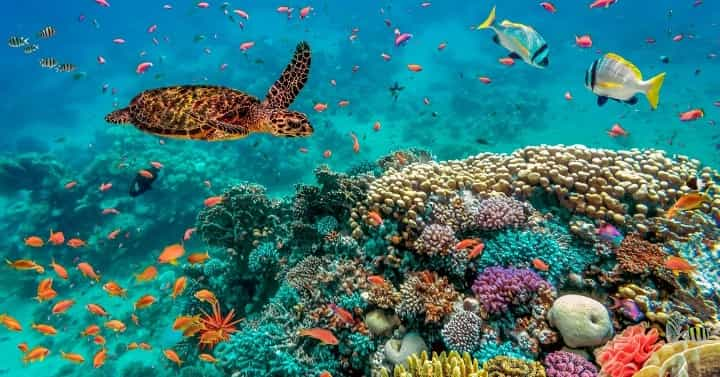
There are many types of fish in Isla Contoy, 257 species grouped in 148 genera and 72 families. Since the water is very rich in nutrients, we can find from pelagic fish (or large fish) to small specimens that fit in the palm of a hand. Let's look at the most important and striking specimens that haunt the seas of Contoy.
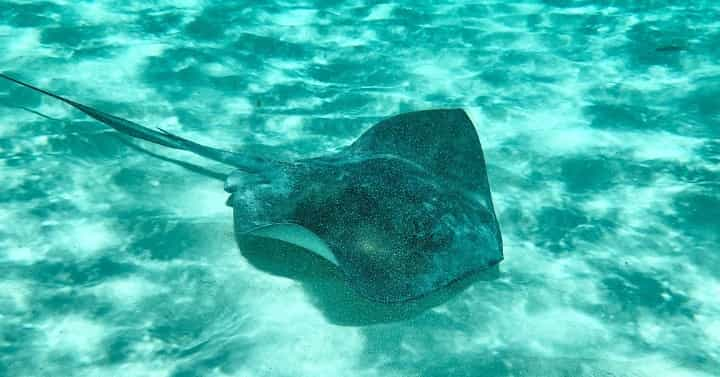
Among the stingrays that can be found in Isla Contoy are:
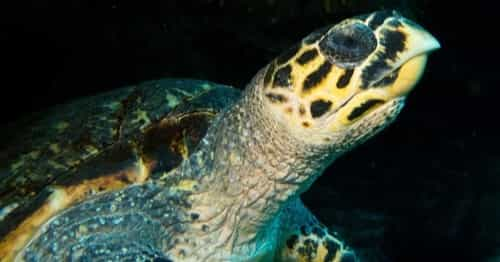
Sea turtles are one of the main attractions during the Isla Contoy Experience Tour. You can see three types of turtles in Isla Contoy. Sometimes, seeing them with the naked eye is difficult because they are shy and hide in deeper waters. But if you pay attention, you can see them from your boat when they come up for air to the surface.
What kind of turtles are found on the island?
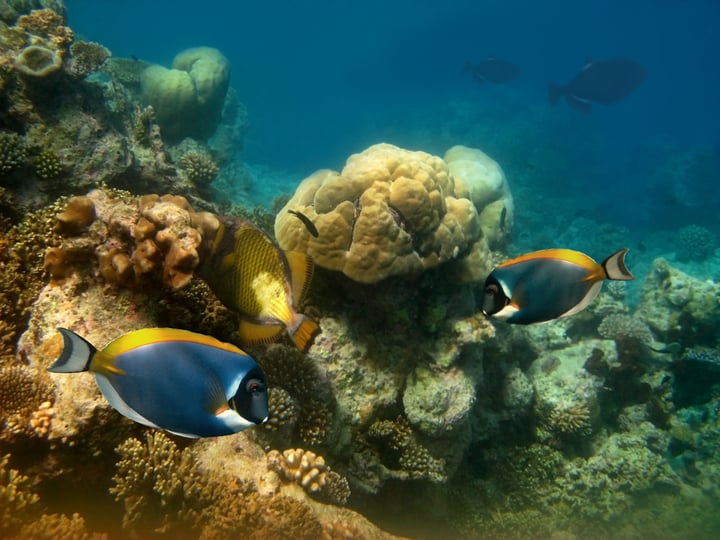
There is also a record of species with high fishing value, such as:
Thanks to the protection work carried out between the government, the companies, and the inhabitants of the area, Isla Contoy has managed to preserve the beauty that characterizes it and to provide sustenance through the fishing resources of the area.
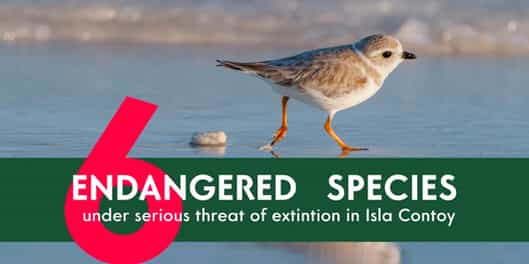
Although Contoy is a government-protected area, it is home to endangered species. Read on and learn about the 6 endangered species that inhabit Isla...
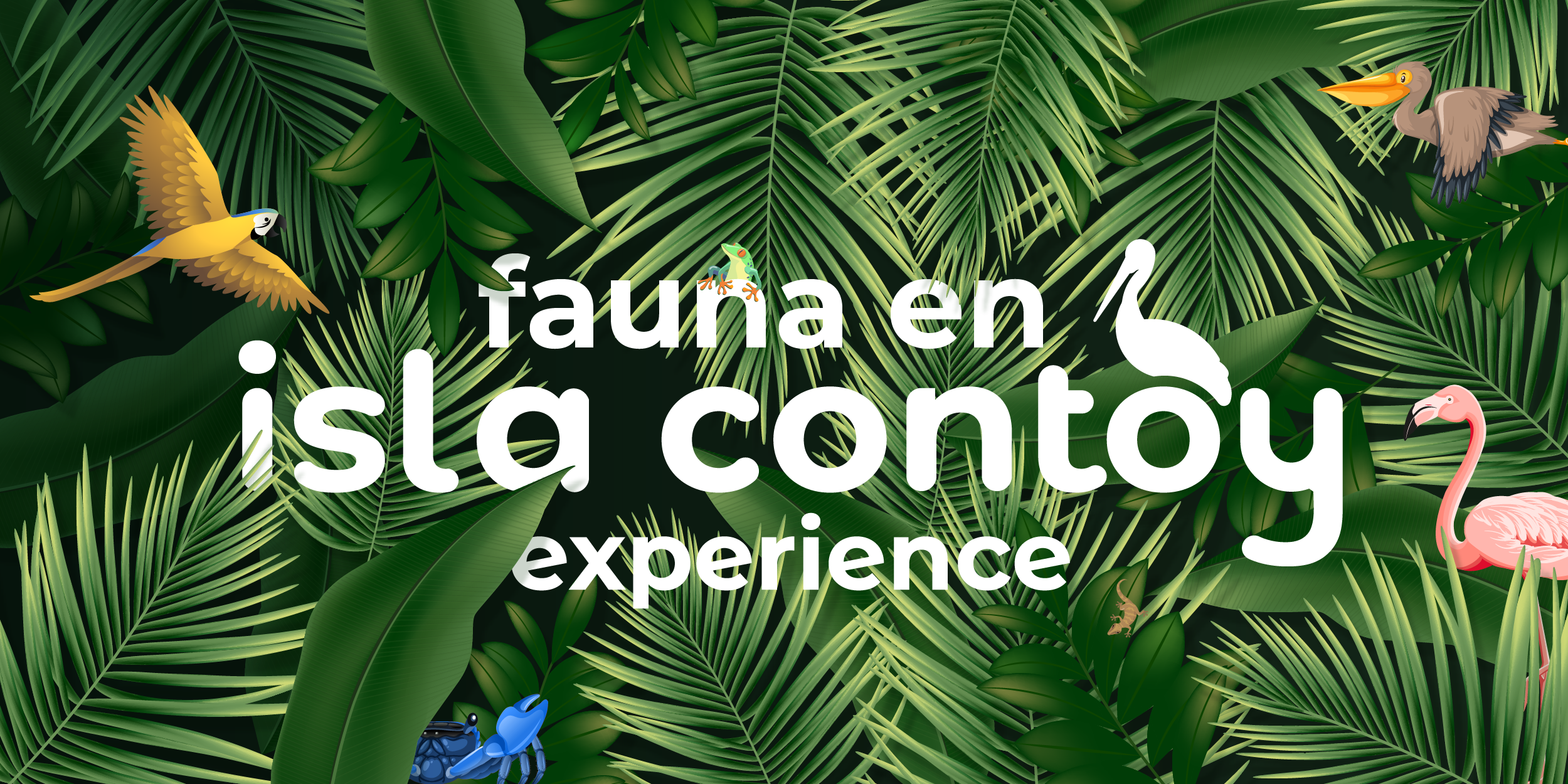

There are 7 lagoons on Isla Contoy, each playing an important role in the life cycle of the island's species. Read on and learn about these...